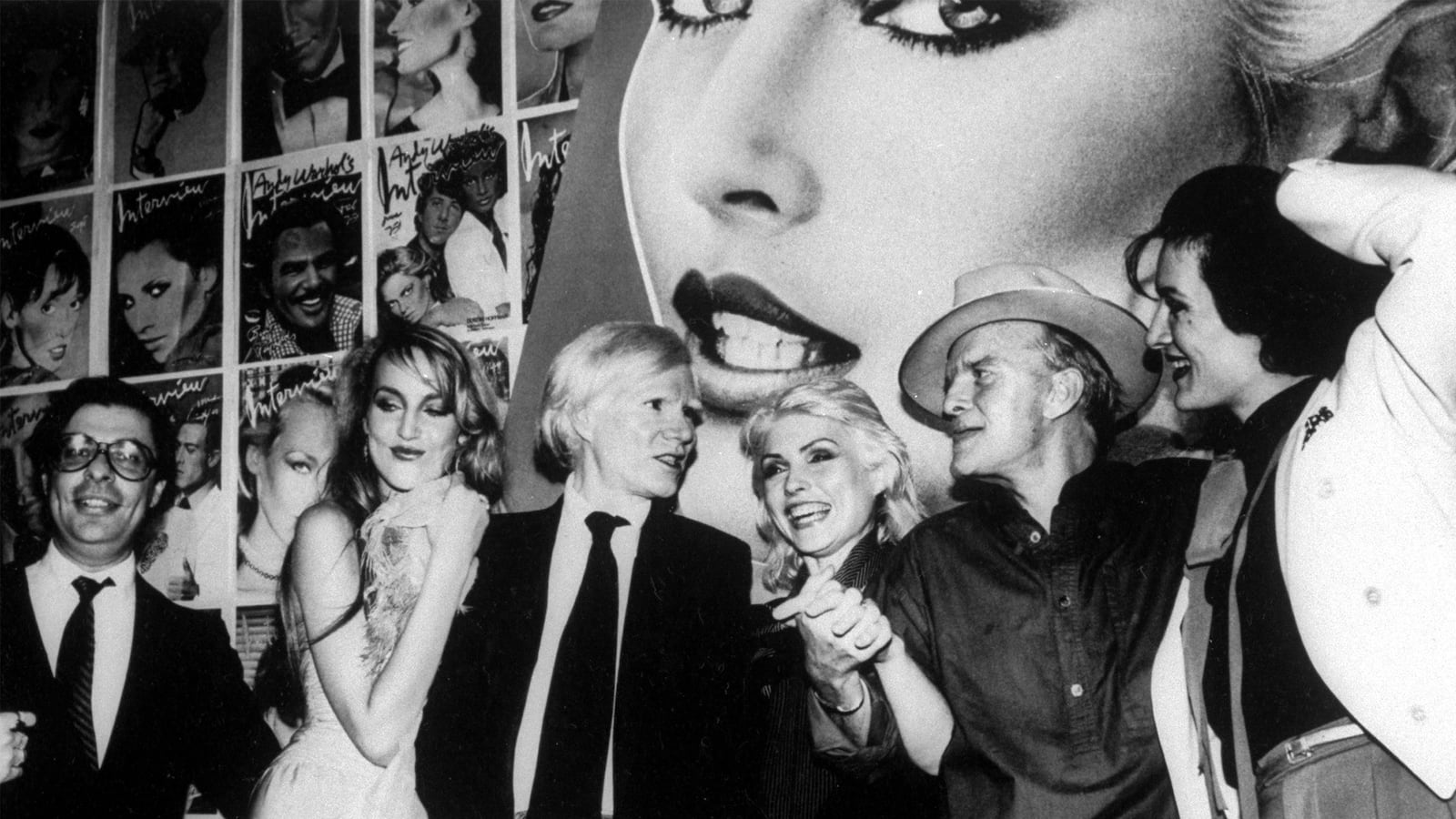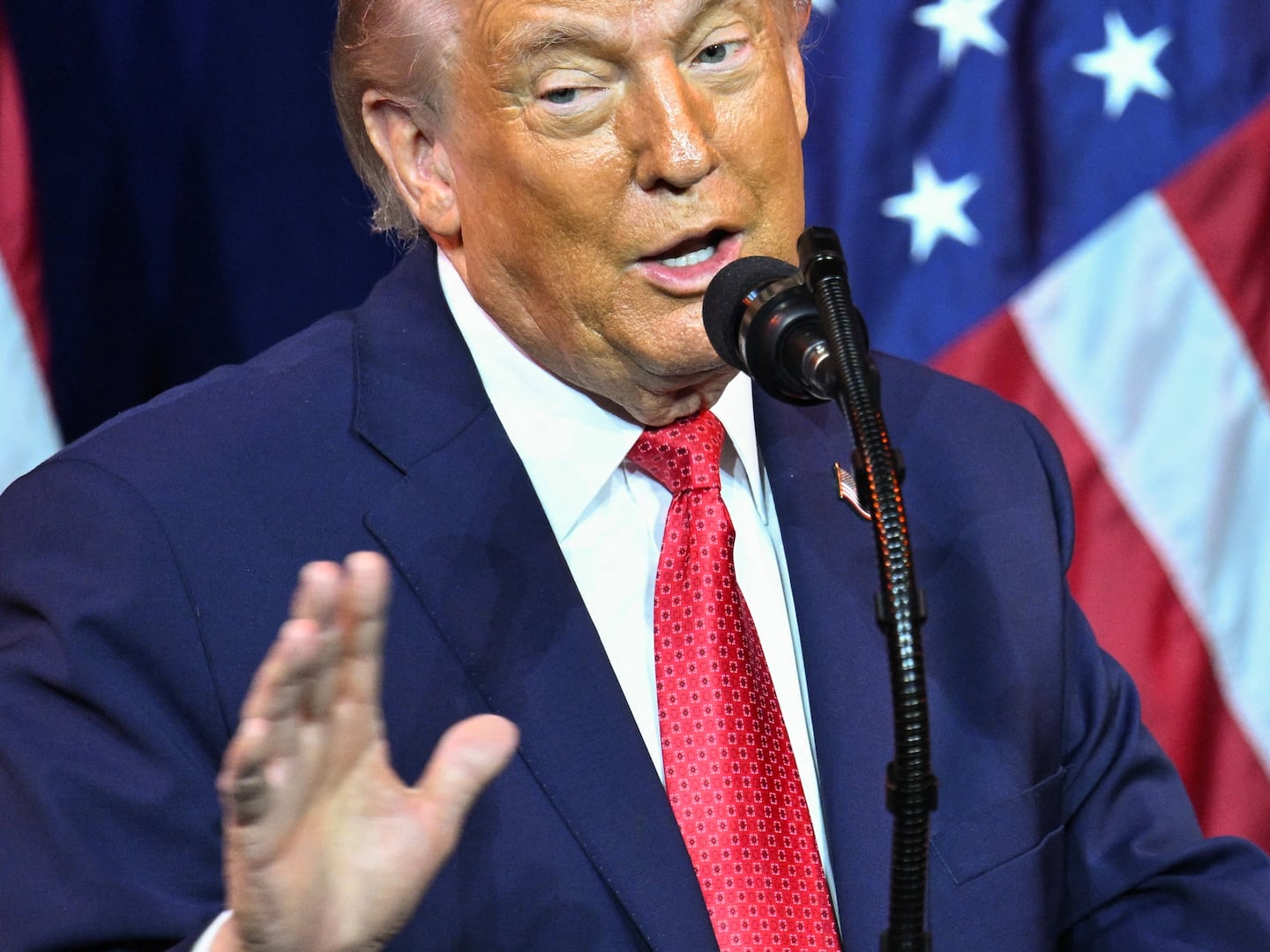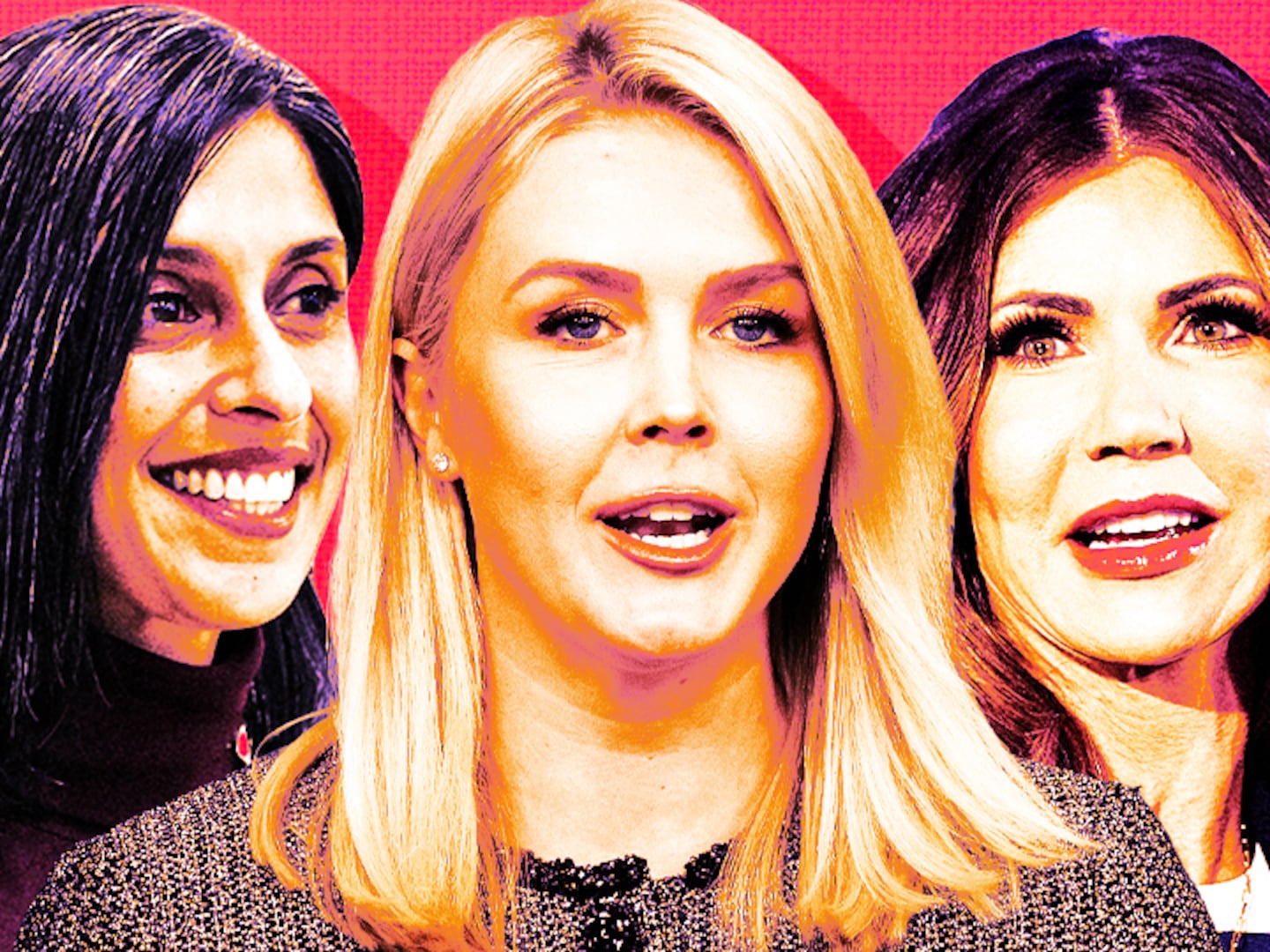Nikki Haskell, an entrepreneur, raised in Beverly Hills, was the first to arrive at the April 26, 1977 opening of Studio 54, which remains the most mythologized opening party ever.
Haskell, who had brought the then unknown Donald Trump and his new-ish wife, Ivana, banged on the door. Nada. A quarter of an hour inched by. The crowd built.
Years later Haskell would tell me of being pressed up to the door but didn’t mention any velvet cord. “Some people remember themselves up against the door,” says Marc Benecke, who began working the door when it finally opened. “But I remember there being some kind of barrier, a barricade, from the get go.”
Benecke, who now co-hosts a weekly radio show about the disco era for Sirius with Myra Scheer, who worked on the Studio parties, concedes that he might be wrong about that now legendary velvet cord.
So the opening was lore-encrusted from the start.
Margaux Hemingway was one of the earliest gossip-column fixtures to show her face. Soon she and Cher were out on the dance floor, each dancing by herself, a vivid example of the formative role Studio played in the emergent Celebrity Culture.
“I would see [fashion legend] Diana Vreeland standing by herself. It was a window of time,” Richard Turley. “I saw Halston standing by himself. I remember Dolly Parton just standing there. You could walk up and talk to them. They were eager. It was before they were jaded, before the publicists came, and the minders.”
Turley adds, “Very aloof society people, people who had never been accessible to the lower classes, were suddenly eager to meet real people.”
The opening night features in The Last Party, my book about club culture in those years.
In it I write about Robin Leach, on a gig for CNN, escorting then-11-year-old sensation Brooke Shields on 54’s opening night, and being taken up to the DJ booth by Steve Rubell.
Leach looked down on the joyous human froth, the cocaine spoon traveling to the nose of the Man in the Moon. “We thought we were just covering the opening of an ordinary nightclub,” the soon-to-be-face of Lifestyles of the Rich and Famous told me.
“All of us knew that night that we weren’t at the opening of a discotheque but the opening of something historical, that was going to change the shape of the way people lived or played ... There were no rules. Sodom and Gomorrah met the High Street that night.”
By midnight it was madness outside. Turley remembers his group being behind three or four layers, that there were 30 or 40 layers behind him, and that one of his people, a doctor, was being generous with a giant bottle of Quaaludes.
“They took about 15 or 20 minutes to kick in,” he said. “About 30 people standing around us took them, and then everybody started having this mad sexual orgy. All the men had their dicks out ... the women were showing their tits ... everybody was feeling everybody else ...”
Amongst those who gave up and left were Frank Sinatra and Warren Beatty, and it was about an hour before Turley’s group were whooshed in. He took it all in and felt something with total conviction. “This was a completely unique zeitgeist,” he told me. ”Some little voice said, ‘In your lifetime there’s never going to be anything like this. Don’t miss a moment!’”
The madness within was as great as that outside. Madder, indeed, when a locked firedoor generated a localized wave of panic. Arthur Weinstein arrived from his live rock club Hurrah at about midnight.
He knew Rubell and Schrager, who had often been to his club, and hadn’t been too concerned about the competition. He took it all in. Steve Rubell, who had sometimes been outside, standing above the crowd, well-armed with drink tickets, was suddenly on the dancefloor with Bianca Jagger. Around them swirled a snowstorm of confetti.
Yes, the opening of opening was magic. But sometimes magic breeds illusion. A woman told me recently how well she remembered seeing Bianca Jagger on the white horse that wondrous evening. Others have said the same. But they didn’t. That was at a party Halston gave her the following Monday. But that blur Studio 54 bought with itself was magic too.
So where did that magic go? Few surprises here. AIDS arrived, as did the realization that cocaine was not just a non-habit-forming energy enhancer. We had two terms of Rudy Giuliani as a non-nightlife-loving mayor, community boards became more powerful and getting a liquor license became ever more onerous.
Want another culprit? Hi-tech. The naughty pleasures that made Studio 54’s unappealing basement such a delicious adventure are impossible in a world in which the smartphone somebody is using or the button on a jacket could be taping your words and shooting your picture.
Andy Warhol came up with an acute rationale for the success of Studio 54: Dictatorship at the door, democracy on the floor. The wealth gap has killed that curiosity and populism stone-dead, and VIP Rooms have morphed into deathly bottle service clubs.
My book came out in 1997 and I called it The Last Party because I wanted a nifty title. But then, chillingly, it came true.






